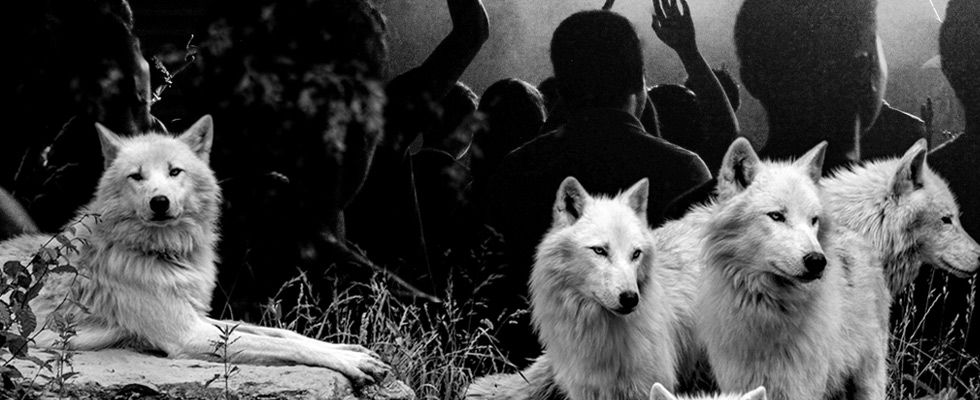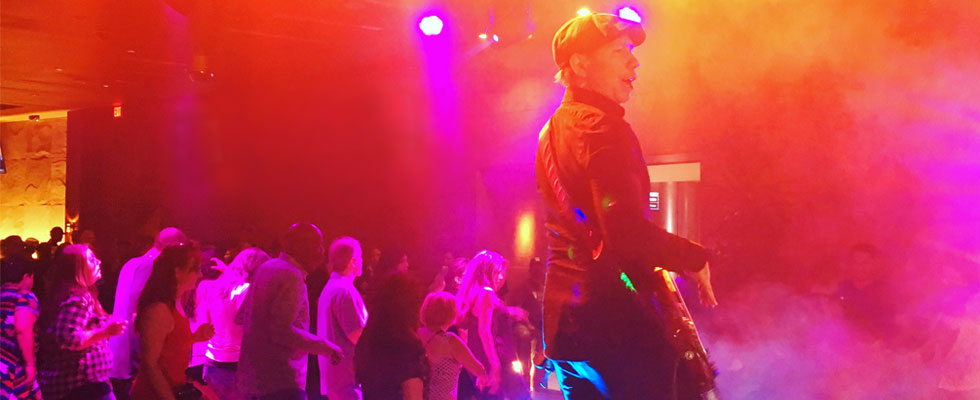
I started my career as a photojournalist at the age of 18. The local newspaper had hired me after I investigated a minor scandal at my high school, which got a lot of people in some hot water. This landed me on their radar and eventually on assignment for a Pulitzer-Prize winning editor.
Oh wait.
For all of you that don’t know, a newspaper was a printed version of say…Facebook. The only difference was instead of paying with likes, loves and shares you paid with real cash to see a daily tally of what everyone in your hometown was up to.
The economics of a newspaper are quite simple. Present enough relevant knowledge to attract advertisers to buy up space surrounding that information. A consistent run of good stories drove-up a key metric in the news business – subscriber rates.
Subscriber rates are important because, in a nutshell, they guarantee to your advertisers how many people will have access to their marketing messages. If the newspaper has more subscribers, they can charge those advertisers more money. To increase those subscriber rates, newspapers offer readers a deal to switch from just picking up the paper at the store, to having it thrown on their front porch by a crazy haired mother whose kid didn’t get up in time to pedal his route before school.
I like to equate social media to the economics of the newspaper industry. However, the model is slightly different. First, we still have businesses looking to tell consumers about their products and regardless of what you have heard about The Long Tail, Niche Marketing, and On-Demand Production. Deep down inside, marketing is a numbers game and admen (and adwomen) know that the more opportunities to see – the better their chances are of making a sale. Things change slightly in the “subscriber” section of our social model, because our customers no longer must pay to subscribe to relevant information. Instead, they are now in control of which channels they will accept through a Like or Follow.
The major change in the social model is the blurring of the line between advertiser and news. Many traditional journalism brands such as CNN, The New York Times, and USA Today still follow the basics of the elder model. They provide the information people want to see and advertisers pay to show up beside those stories. I will assume that this is because they too see the similarities between their past “ink” audiences and today’s “click” consumers. The problem arises with the many organizations who do not understand this similarity between print and digital. They either un-wittingly leave out the information component of their online publications or purposely remove them to utilize the entire space as nothing more than a billboard where they bombard their audiences with sales pitches and marketing messages. Interestingly, these same publication tactics exist in the print medium as well. They come in the forms of penny savers, car flyers, and grocery store circulars that probably spend more time at the bottom of a bird’s cage than in a consumer’s hands.
So, why am I explaining the similarities between the news medium of yesteryear and today’s social advertising strategies? Aren’t newspapers dying off?
Yes, print news is dying. However, our appetite for information is not. We have become an interconnected species hungry for more information. YouTube has made millions on videos that teach you how to fix your own car, grow your own vegetables, or learn calculus among a host of other subjects. Facebook connects thousands of people everyday to share their life stories, anecdotes, and views on everything under the sun and, according to some sources, over two million blog posts are published each day on a range of topics. We have become a society in demand of more information than those before us. However, unlike our predecessors who wound up with ink on their fingers from thumbing that information we cleanly click and swipe.
With that being said, I would like you to return to the newspaper model I described earlier. Think about its simplicity. Provide enough relevant information to attract a sizeable audience and charge advertisers to surround that information. Now apply that theory to your social pages. Provide your consumers with enough interesting information so they return to your pages over and over again. In the marketing world, these are called opportunities to see. The more you have the statistically greater your chances will be for a positive result such as an interaction, or better yet – a sale. It doesn’t matter if you do not want outside advertising on your site. Instead, you can simply display your own messages. Just remember to empower your social team to focus on the “news” element first and your long-term ROI will be greater.
Sure, newspapers are dying, but their economic model can be a powerful tool in today’s social-focused ad world. All of the basic elements are there. You have a medium for news distribution and you have an audience hungry for that information. Put those elements together and you have an opportunity to create a sales channel for any internal or external brand.
But only if you can put the news first.
*Photo Copyright All rights reserved by mwr83 from Flickr Creative Commons.










